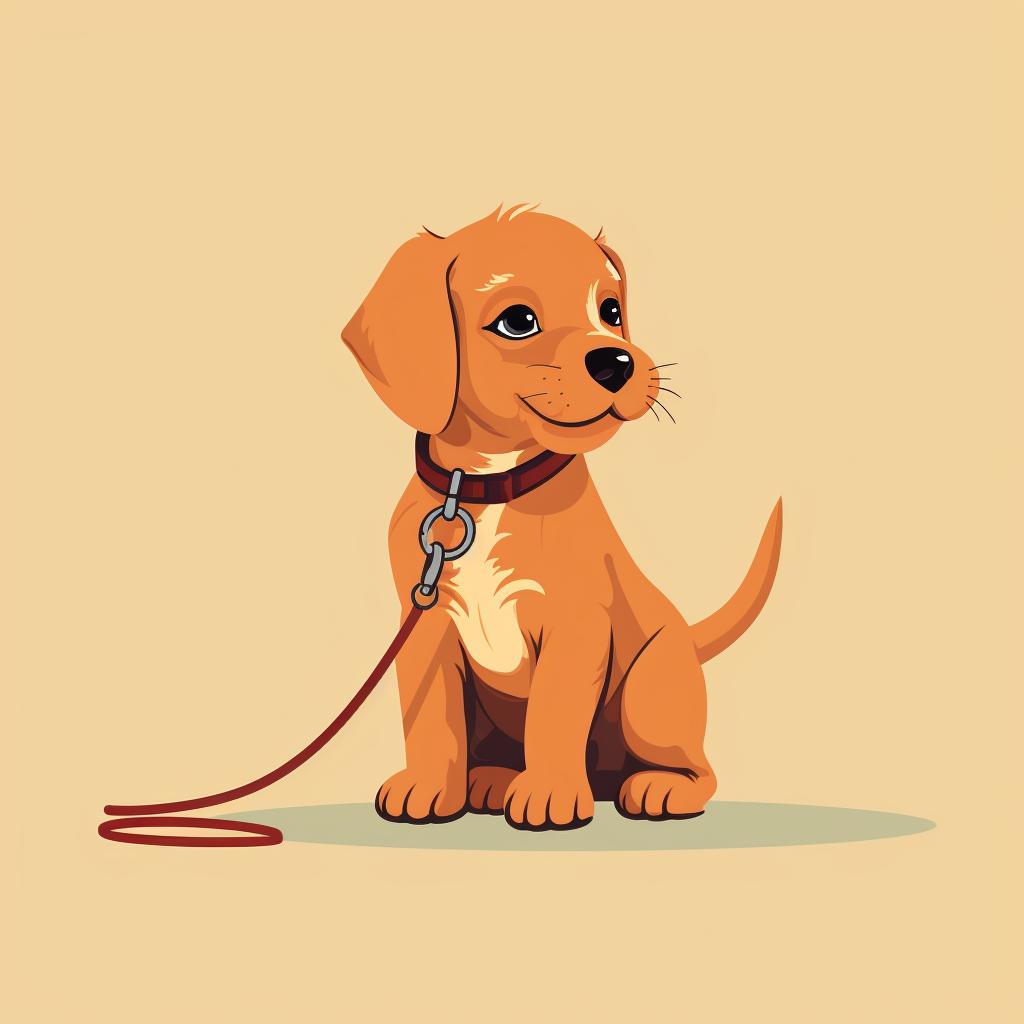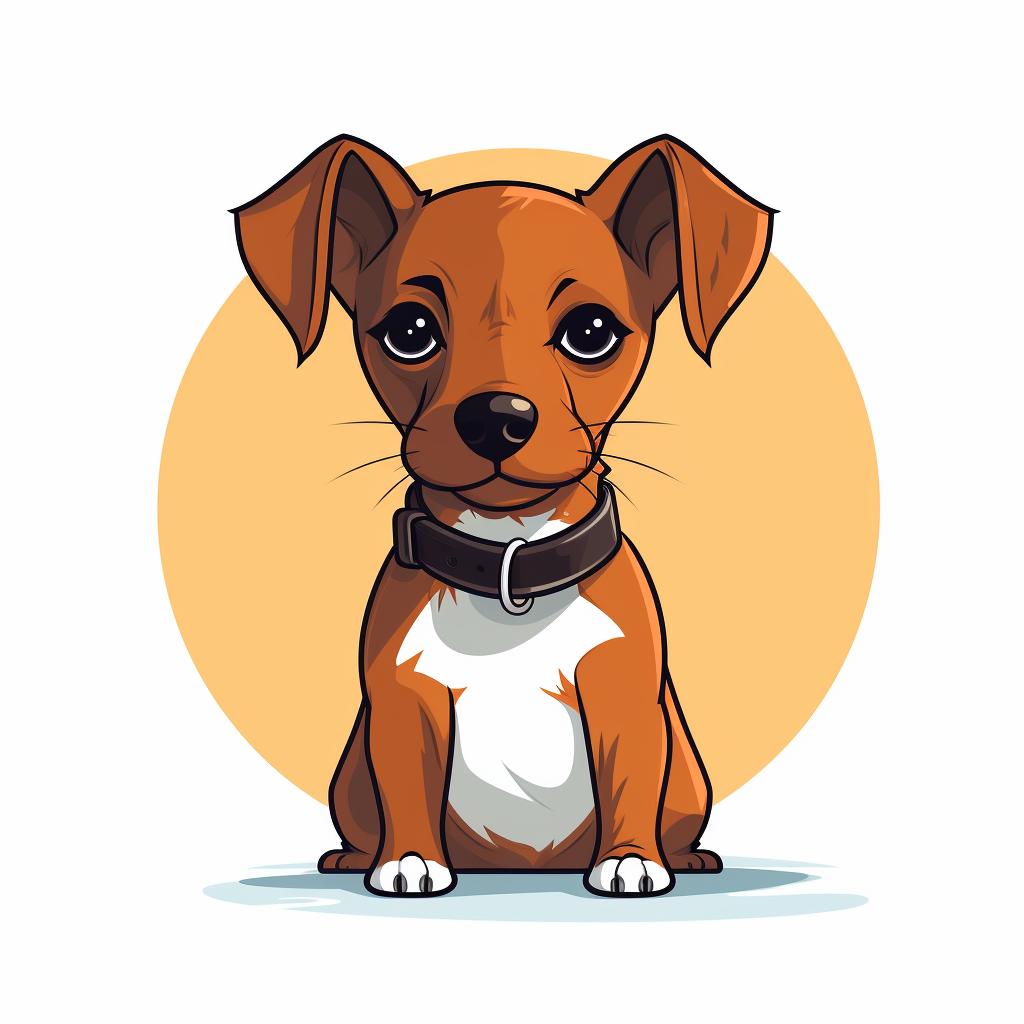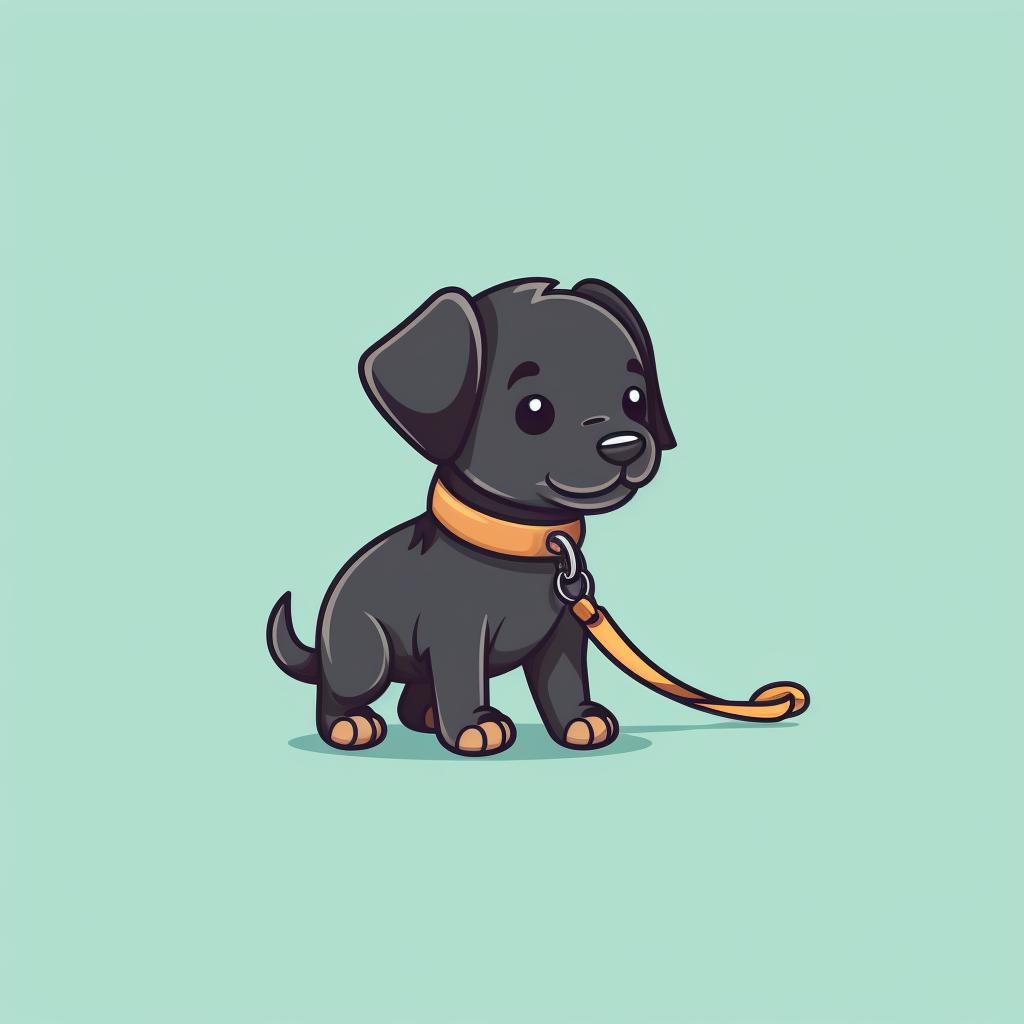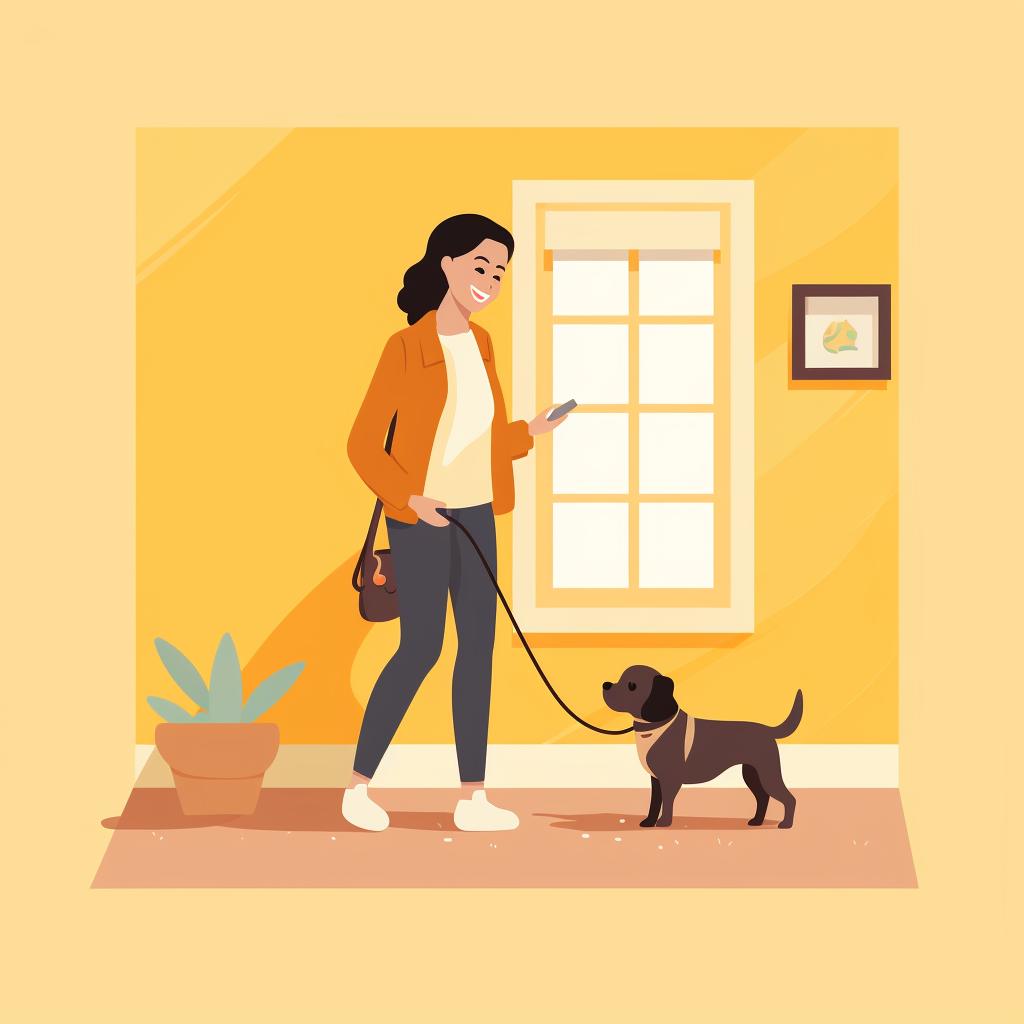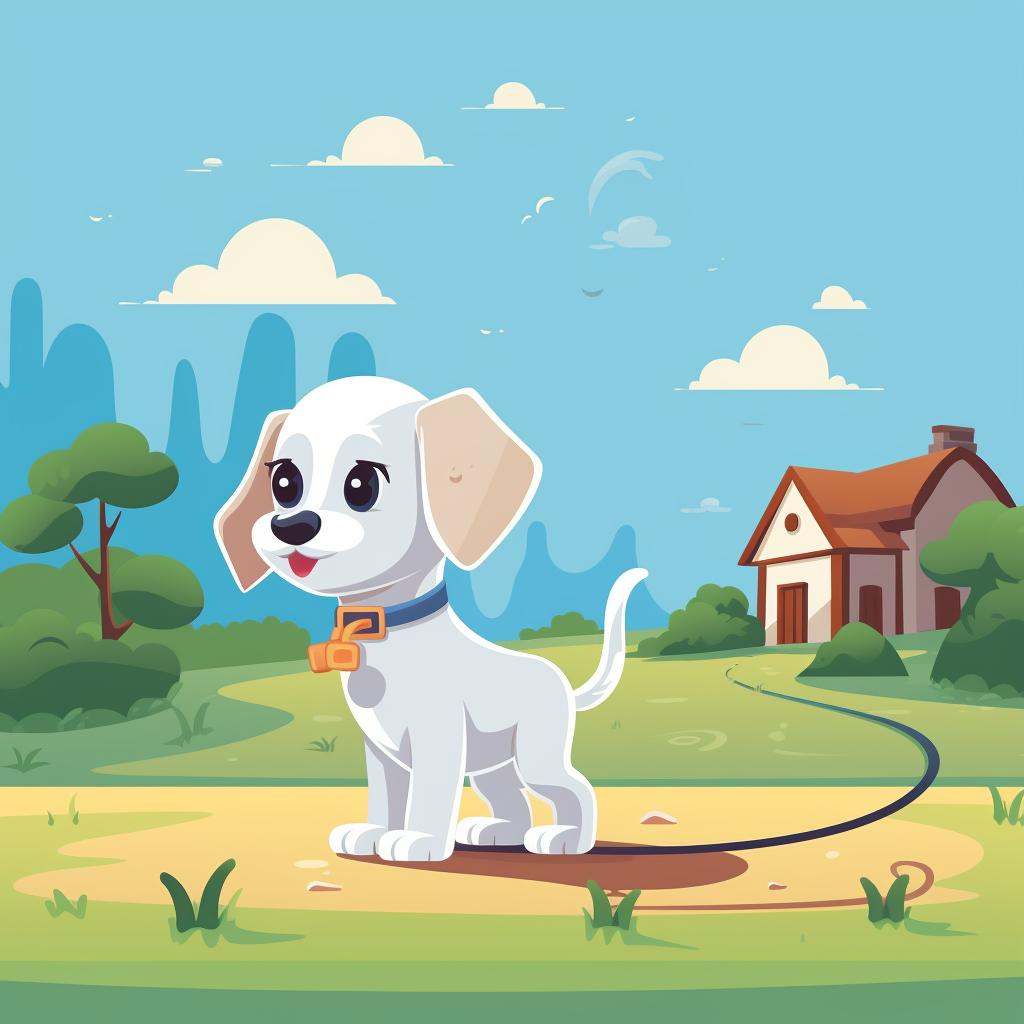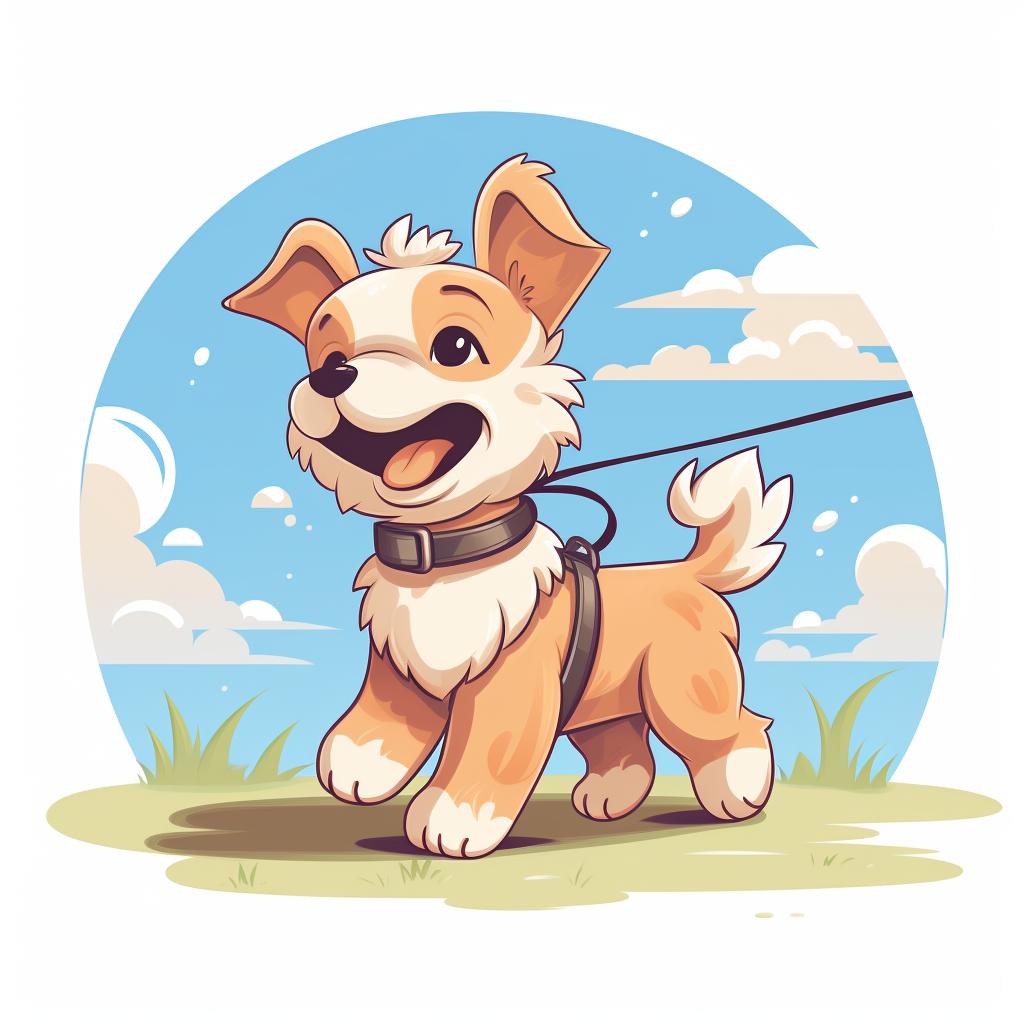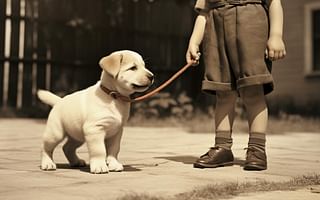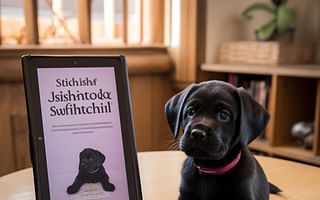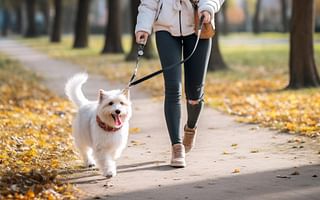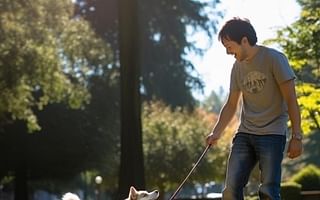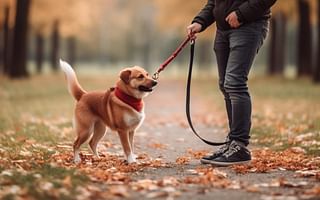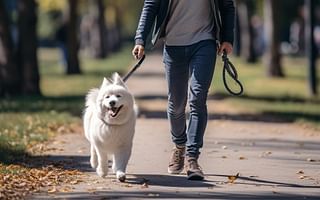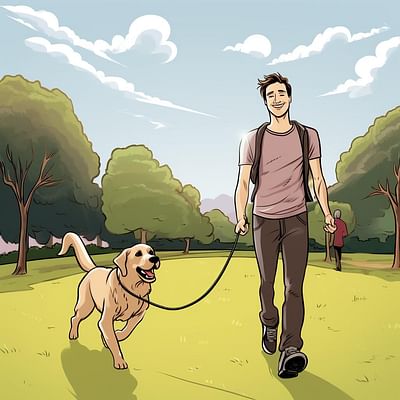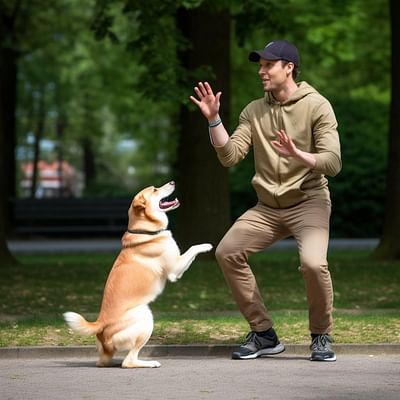🐶 Step-By-Step Guide to Leash Training Your 2-Month-Old Puppy 🐾
Training your puppy to walk on a leash is a significant milestone in their development. It's a skill that will benefit both you and your furry friend, creating a bond and ensuring their safety. Our step-by-step guide above has broken down the process into manageable stages, making it easier for you. But let's delve a bit deeper into the importance of each step and how they contribute to successful leash training.
Understanding the Steps
The first step, introducing the leash and collar, is all about familiarity. It's crucial for your puppy to associate these items with positive experiences. This approach reduces the fear factor and makes the transition smoother when you finally attach the collar and leash. If your puppy is scared of the leash, you can find additional tips here.
When it comes to attaching the collar, remember that comfort is key. A collar that's too tight can cause discomfort and make your puppy resist leash training. On the other hand, a loose collar might slip off, posing a safety risk. The two-finger rule is a good guideline to ensure the collar fits just right.
Gradually introducing the leash helps your puppy adjust to the weight and feel of it, preparing them for the actual walking stages. It's like a dress rehearsal for the main event!
Indoor and Outdoor Training
Starting the training indoors is a great strategy. It provides a controlled environment with fewer distractions, allowing your puppy to focus on following you. As your puppy gains confidence, you can gradually move the training outdoors. Remember, patience is key here. If you're struggling with a disobedient older dog, you might find our guide helpful.
Outdoor training should start in a quiet, enclosed area. As your puppy gets more comfortable, you can introduce more distractions. This gradual exposure helps your puppy learn to focus on you despite the distractions, a vital skill for safe and enjoyable walks.
Practice Makes Perfect
Finally, remember that consistency is key. Regular, short training sessions are more effective than infrequent, long ones. And always end on a positive note to keep your puppy motivated. If you're looking for more tips on training a puppy, check out our FAQ section.
Leash training is just one aspect of raising a well-behaved dog. At Far Fetchers, we're committed to providing comprehensive resources to help you train your dog, from fetch toys to easy-to-follow guides. So whether you're leash training a 2-month-old puppy or an older dog, we've got you covered!

